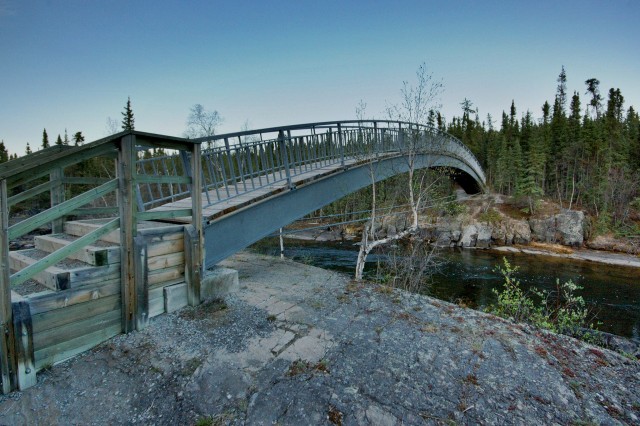Erosion tries to destroy the evidence, but geologists crack the case
Ars Technica » Scientific Method 2014-03-12

Geologists frequently examine sedimentary rocks in order to reveal the history they record. The materials they contain tell us something about the environment in which they were deposited—a desert playa lake, a muddy river delta, a shallow sea. When rocks erode, we lose their stories.
Using some lucky circumstances and some helpful isotopes, however, researchers at the University of Colorado at Boulder and MIT have managed to reconstruct a surprisingly detailed history of a part of North America, despite the fact that most of the evidence has long since washed away.
Kimberlites
The rocks (both lost and still present) being studied came from the area around northwestern Canada’s Great Bear and Great Slave lakes. There, as is the case for much of Canada, igneous and metamorphic rocks from the basement of the continent are found at the surface—the old bones of the Earth have no youthful, sedimentary skin to cover them beyond a thin veneer of lumpy glacial deposits. This basement is made of the building blocks of crust that were smashed together to form the North American continent.
Read 14 remaining paragraphs | Comments